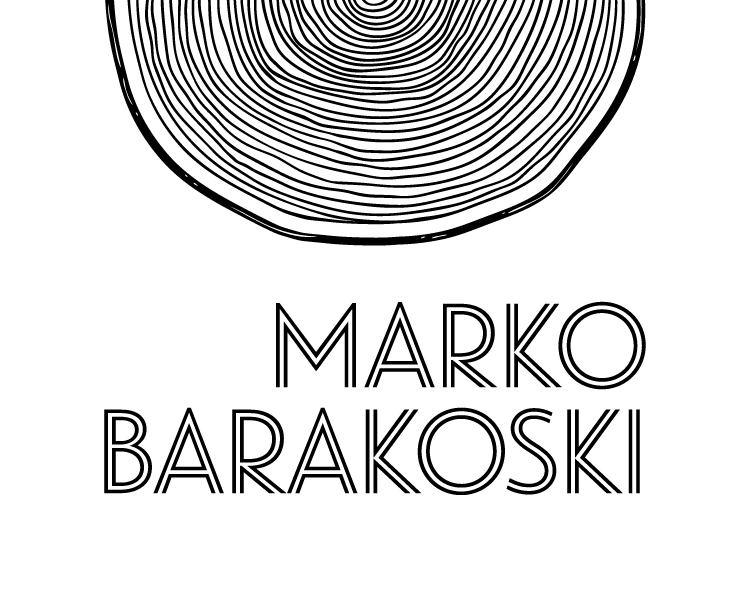ArtsSmarts 2017 Art Education Project
Project Review Excerpt
˚
Speaking specifically on our project, I’d like to take the time to share my objectives, thoughts and reflections of what we were able to achieve with the kindergarten class.
Alison, Amanda and I all share a valued interest in the Reggio Emilia Approach to early childhood learning—a mindset more than anything, this philosophy involves grappling with confusion and uncertainty, wrestling with one’s own values and how they manifest in lived experiences. There is a commitment to the dialogue between art and education—one where observation, provocation and encouragement lead students on their own path, where their minds can pursue their thoughts without censorship, where there is time for looking and freedom of expression, and where there is a commitment to dig deeper into questions that must be addressed - ones of creativity, imagination, articulation and research.
For this project, it was important to create a connection between the interests of the students and their relationship with different materials and tools that they then would transform with their ideas and hands. What we came up with after some observation was to improve their outdoor play area, something they all have strong feelings towards. They all agreed that they wanted more structures to play around and hide behind—and it was here that Alison proposed totem poles, or identity posts. We wanted the students to make their classroom and outdoor spaces their own, to feel and find their place within it.
I managed to source cedar posts that were cut down for development space in Rockwood and from there we worked with the students to teach them about the cultural significance and historical context of the poles and had them pair up and design their posts with the help of their parents.
On the day of the dig and installation of the posts, we encouraged the students to be involved in the entire process. Materials (posts, bark, wood braces) and tools (post hole digger, screwdriver, level) became vehicles for experiencing and communicating—a part of the fabric of a child’s experience and learning processes.
This project has not been about just making something, but about the process—and this is where learning and inquisitions also form and develop. The topic of equity is included here too. The students are capable and willing participants and we supported them in doing things they normally wouldn't have a chance to do.
When the time came to decorate the posts with their individual traits and interests, many parents found the time to come and to collaborate with their children to create beautiful and colourful poles. Having the parents work alongside us and their kids promotes the power and pleasure of learning and expression. The outcome has been met with great praise and joy from the school and community.
One of the crucial aspects of this project, to me specifically, is that it is and will be a celebration of the process. There is no end date to this project or the posts. Alison and Amanda will continue to encourage the students and parents to add to their posts, as their interests grow and change. And once the time comes, the posts can be given a new life; repainted for the next group of kindergarteners to learn and express and make the space theirs—an expression of freedom, because that’s what art is.
Beauty and aesthetics are active elements, capable of acting positively on important aspects of our lives capable of saving us from conformity and superficiality.
Warm regards,
Marko Barakoski


































